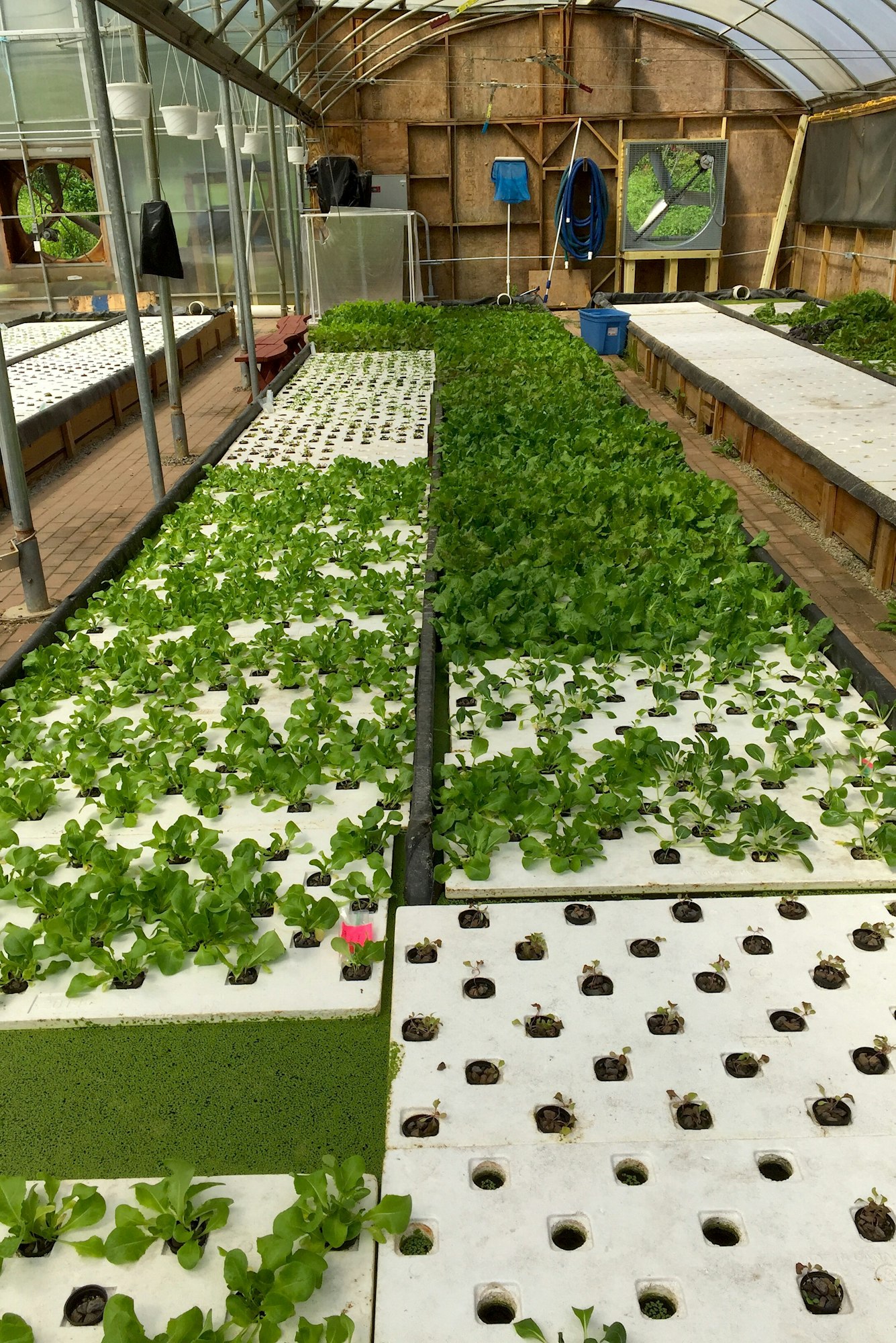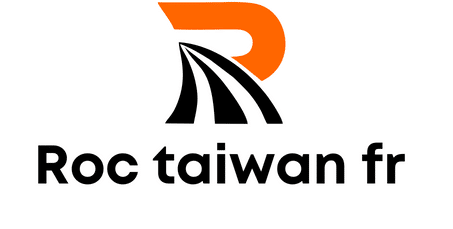How Can Vertical Aquaponics Revolutionize Urban Farming in the UK?

The ever-increasing global population and the subsequent need for food are driving innovative approaches to agriculture. One such method that’s recently gaining ground in urban areas is vertical aquaponics. This ingenious blend of hydroponics and aquaculture is promising to revolutionise urban farming in the UK. But how? Let’s delve into details.
Vertical Aquaponics: An Overview
To fully understand the ways in which vertical aquaponics can revolutionise urban farming, it’s necessary to first comprehend what the system entails. Aquaponics is a symbiotic system that combines traditional aquaculture (raising aquatic animals like fish or prawns in tanks) with hydroponics (cultivating plants in water) in a symbiotic environment. Now, when you incorporate a vertical dimension into this, you have vertical aquaponics.
Sujet a lire : What Are the Emerging Techniques for Preserving UK’s Digital Art for Future Generations?
Vertical aquaponics employs vertical space to maximise production, making it ideal for urban farming where land is limited. In this system, water from fish tanks circulates through vertical hydroponic systems, where plants absorb fish waste as nutrients. Clean water then circulates back into the fish tanks. The result is a sustainable and efficient farming system.
Revolutionary Impact on Land Use and Water Conservation
Urban farming faces significant challenges – scarcity of land and water being the most notable. Vertical aquaponics addresses these issues head on.
Avez-vous vu cela : What’s the Latest in Customizable Bionics for Enhancing the Lives of UK’s Amputees?
Vertical farming, as the name suggests, harnesses the power of height. Instead of spreading out, you grow upwards, allowing you to cultivate more plants in the same square footage. By growing plants in vertical tiers, vertical aquaponics can significantly increase the production per unit of land. This is a game-changer for urban areas where arable land is limited.
Moreover, vertical aquaponics systems are closed-loop, meaning they reuse water. Unlike traditional farming methods, which operate on a ‘flood and drain’ basis and can waste vast amounts of water, these systems return clean water to fish tanks after it has been used to nourish plants. This results in a 90% reduction in water usage compared to conventional soil farming, making it a powerful tool for water conservation in urban agriculture.
Powering Urban Food Production with Clean Energy
Traditional farming systems are incredibly energy-intensive, relying heavily on fossil fuels for everything from machinery to transport. On the other hand, vertical aquaponic systems can be powered using renewable energy sources such as solar or wind power, making them a far greener option.
Indoor vertical farms can utilise LED lighting to provide plants with the necessary light spectrum for photosynthesis. These LEDs are energy-efficient and can be powered by renewable energy sources. This eliminates the emissions associated with conventional farming and reduces the carbon footprint of food production.
Furthermore, because vertical aquaponic farms can be situated in urban environments, the energy and emissions related to transporting produce from rural to urban areas can be significantly reduced. This brings us to another advantage of vertical aquaponics: localising food production.
Localising Food Production and Reducing Food Miles
One of the most exciting aspects of vertical aquaponic systems is their potential to localise food production. By establishing farms in urban settings, the distance food travels from farm to fork – known as food miles – can be drastically reduced. This not only cuts transport emissions, but also ensures fresher, healthier produce.
Growing food closer to the point of consumption also means a decrease in the need for preservatives and other chemicals to maintain freshness during transport. This leads to healthier, more nutritious foods. Additionally, localising food production means that food security is less affected by external factors such as weather patterns or transport disruptions, making it an ideal solution for urban areas.
Enhancing Food Quality and Safety
Vertical aquaponics offers an efficient and sustainable way to produce high-quality, chemical-free food in urban areas. Unlike traditional farming, which often involves the use of harmful pesticides and fertilisers, aquaponics is a completely natural process.
In vertical aquaponic systems, fish waste provides the nutrients plants need to grow, eliminating the need for artificial fertilisers. Moreover, because these systems are closed-loop, there’s no need for pesticides. Pests usually associated with soil-based farming are simply not present in the soil-less hydroponic environment.
This not only results in more nutritious, chemical-free produce, but also enhances food safety. In an era where consumers are increasingly concerned about the quality and origin of their food, this is an encouraging step forward.
Facilitating Urban Self-Sufficiency and Mitigating Climate Change
Exploring the potential of vertical farming in urban areas paves the way for self-sufficiency and resilience. With a vertical aquaponic system, urban areas can produce their own food, drastically reducing dependency on imports. This is particularly advantageous in scenarios of supply chain disruption caused by unpredictable events such as pandemics or natural disasters.
Local food production also mitigates the impacts of climate change. Traditional farming contributes significantly to greenhouse gas emissions, largely due to deforestation for farmland and the use of fossil fuels in farming processes. Vertical farming, on the other hand, is a climate-friendly alternative. The indoor farming conditions allow for year-round crop production, unaffected by climate change-induced weather extremes.
Moreover, the symbiotic relationship in vertical aquaponic systems can be a solution to the high carbon emissions from traditional farming. The fish provide natural nutrients for the plants, eliminating the need for synthetic fertilisers, often a significant source of greenhouse gases.
Finally, the high-tech nature of vertical farms enables the adoption of climate-smart practices such as precision farming. Precision farming utilises technology to monitor and optimise plant growth conditions, drastically improving resource efficiency. This not only reduces the environmental footprint of food production, but also enhances crop yield and quality.
Conclusion: The Future of Urban Farming
As we continue to grapple with the challenges of urbanisation, population growth, and climate change, vertical aquaponics offers a beacon of hope. This innovative approach to farming could revolutionise urban agriculture, turning cities into food production powerhouses.
Because of its efficient use of space and water, ability to operate on renewable energy, and potential to localise food production, vertical aquaponics can bring about a sea change in urban farming. As these systems continue to evolve and improve, it is hoped that more urban areas, including those in the UK, will adopt this method, contributing to a more sustainable and secure food future.
Not only is urban farming with vertical aquaponics a practical response to the scarcity of land and water, but it is also an effective strategy for mitigating the impacts of climate change. Furthermore, by offering a method of producing high-quality, chemical-free food, it addresses the growing consumer demand for transparency in food sourcing and production.
As we look towards the future of urban farming, the potential of vertical aquaponics is undeniable. It promises to redefine the urban landscape, making cities not just places of high density living, but also hubs of sustainable and high-tech food production.
